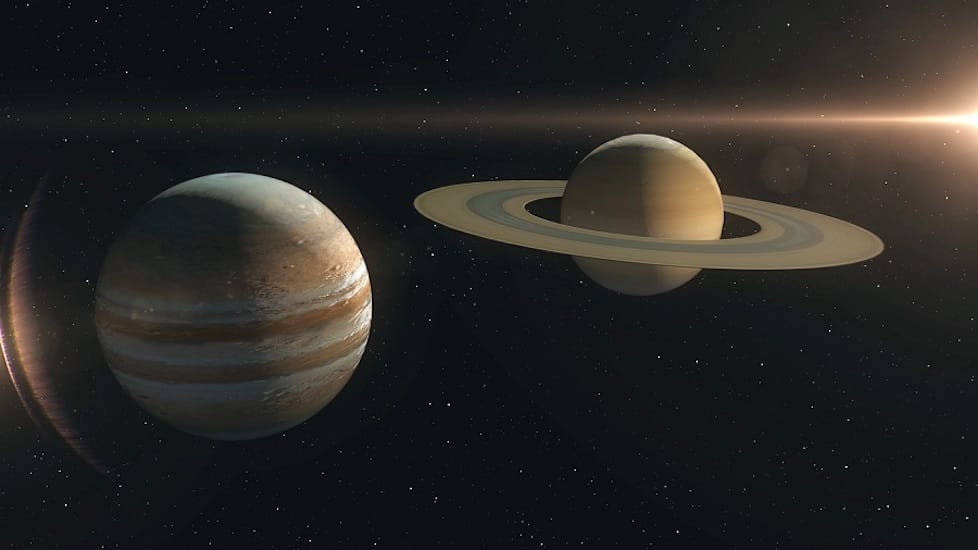How often have you heard two massive planets being only 0.1 degree apart AND can be seen with the naked eye? At least for the last 800 years, no one has. What people call the “Great Conjunction of 2020” or “The Christmas Star” is actually the culmination of the bright planets Jupiter and Saturn coming together on the night of December 21. This vibrant planetary conjunction was easily visible in the evening sky during the last two weeks of December and for the skywatchers this was truly an end of year treat. To the naked eye this conjunction looked like a single massive celestial object over the earth, but through a telescope and consumer cameras equipped with telescopic lenses one can observe great detail on their individual faces hundreds of millions of miles apart in space as they shift throughout the sky. And while the conjunction is happening on the same day as the winter solstice, the timing is merely a coincidence, based on the orbits of the planets and the tilt of the Earth.
“You can imagine the solar system to be a racetrack, with each of the planets as a runner in their own lane and the Earth toward the center of the stadium,” said Henry Throop, astronomer in the Planetary Science Division at NASA Headquarters in Washington. “From our vantage point, we’ll be able to be to see Jupiter on the inside lane, approaching Saturn all month and finally overtaking it on December 21.”
Jupiter takes nearly 12 years to describe a full circle in the heavens, spending a year visiting each zodiacal sign in the sky, while Saturn takes 29.5 years to make one full trip around the sun. Because of their respective slow movement, a conjunction or — to the ancients — a “celestial summit meeting,” was rather unusual.
The huge gas giants often pass each other orbiting the sun, and align themselves in the sky about every 20 years. So what makes this year’s conjunction so unique and rare? Its been nearly 400 years since these 2 planets aligned so close to each other and nearly 800 years that this conjunction occurred at night making it easier to spot with the naked eye. The last conjunction was in the year 2000. But since these conjunctions aren’t all equal, the 2020 great conjunction of Jupiter and Saturn will be the closest since 1623 and the closest observable since 1226!
The closest alignment will appear just a tenth of a degree apart and last for a few days. On the 21st, they will appear so close that a pinkie finger at arm’s length will easily cover both planets in the sky. The Christmas star can be observed with an unaided eye by looking toward the southwest just after sunset.
A fun fact about this conjunction – Some have suggested this holiday season that these two planets might be a replica of the legendary Star of Bethlehem. One of the most popular theories for the “Christmas Star” was a series of conjunctions between Jupiter and Saturn in 7 BC. For in that year Jupiter and Saturn met not once but three times that year (in May, September and December).

